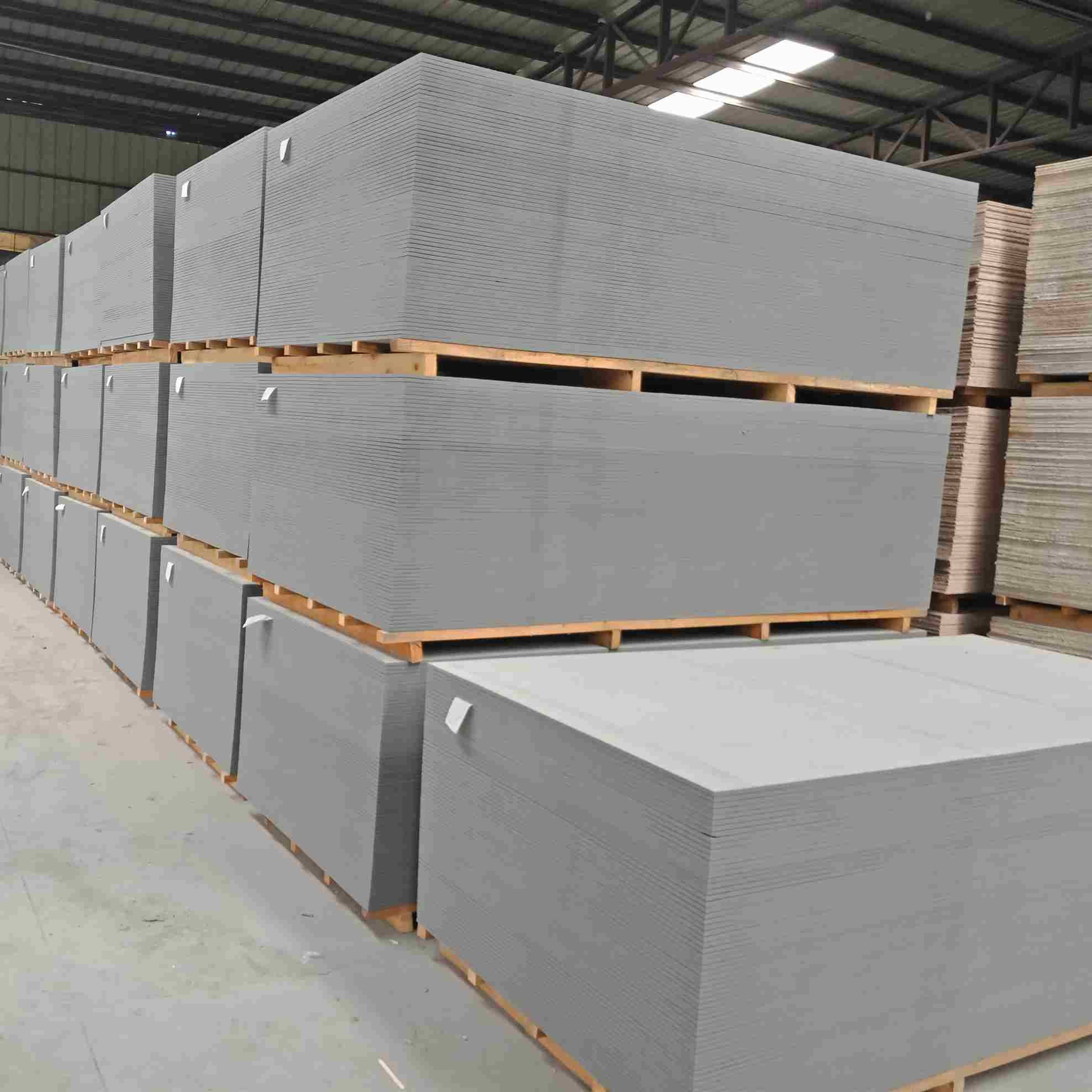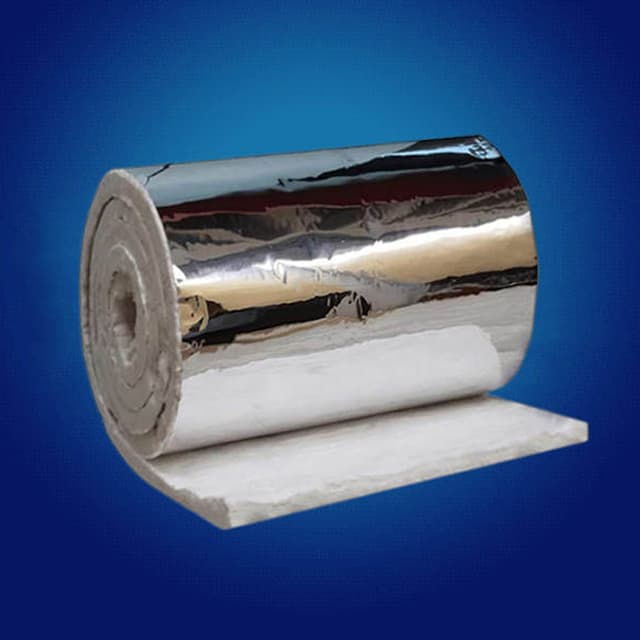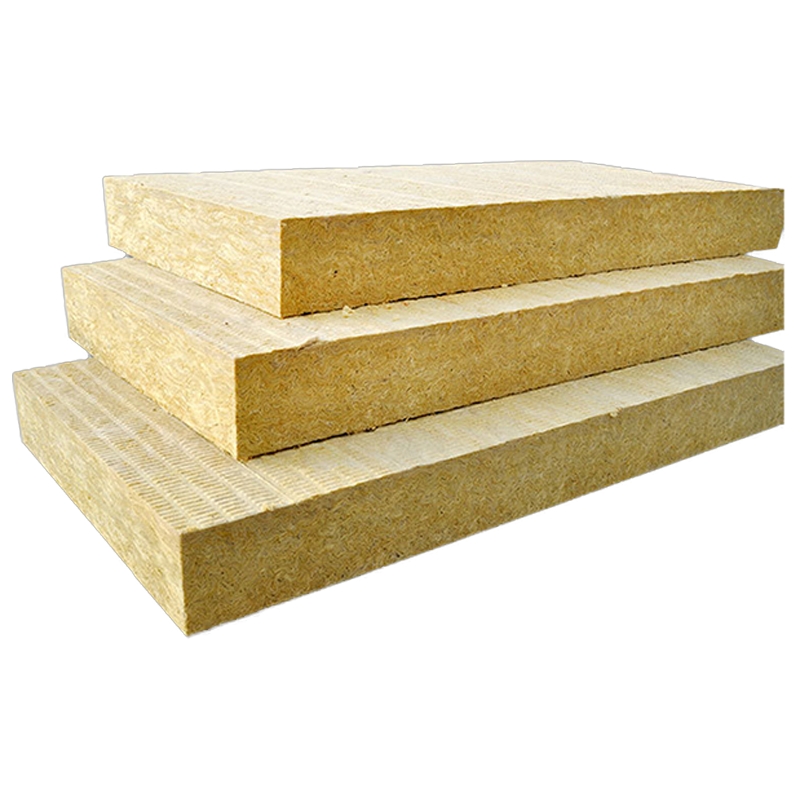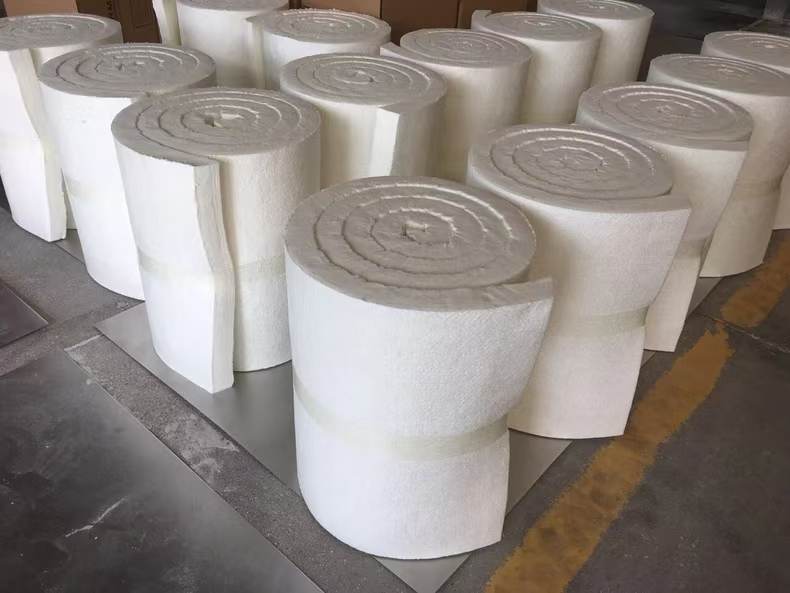The construction and industrial sectors are witnessing a paradigm shift toward durable, fire-resistant, and eco-friendly materials. At the forefront of this revolution is high density calcium silicate board, a versatile material rapidly gaining traction worldwide. From commercial buildings to industrial facilities, its unique properties make it a go-to solution for modern challenges. In this article, we explore why this material is surging in popularity, its key benefits, and how to leverage it for your projects.

High density calcium silicate board (HDCSB) is a composite material made from calcium silicate, reinforced fibers, and additives. It is manufactured under high pressure and temperature, resulting in a dense, lightweight board with exceptional mechanical strength. Unlike traditional gypsum or cement boards, HDCSB offers superior resistance to fire, moisture, and corrosion, making it ideal for demanding environments.
HDCSB is non-combustible and can withstand temperatures up to 1,000°C, making it a top choice for fireproofing in buildings, tunnels, and HVAC systems.
Its low water absorption rate (<35%) ensures longevity in humid environments like bathrooms, kitchens, and offshore installations.
Made from natural materials like silica and lime, HDCSB emits zero VOCs and aligns with green building certifications like LEED.
Despite its high density, HDCSB is easy to install and reduces structural load compared to concrete or metal panels.
From wall cladding to industrial furnace linings, HDCSB serves diverse sectors including construction, shipbuilding, and energy.
Case Study: A 2023 report by MarketsandMarkets predicts the global calcium silicate board market will grow at a 6.2% CAGR by 2028, driven by infrastructure development in Asia-Pacific.
Advancements in nanotechnology and hybrid composites are further enhancing HDCSB’s performance. For instance, nano-coatings are improving its hydrophobic properties, while recycled fibers are boosting sustainability.
Q: Can HDCSB be used outdoors?
A: Yes! Its UV and weather resistance make it suitable for exterior facades.
Q: How does it compare to magnesium oxide board?
A: HDCSB offers better moisture resistance and lower shrinkage over time.
Q: Is it safe for residential use?
A: Absolutely—it’s non-toxic and emits no harmful fumes.
The rising popularity of high density calcium silicate board is no accident. Its unmatched safety, durability, and adaptability position it as a critical material for sustainable, high-performance projects. Whether you’re an architect, contractor, or industrial planner, understanding HDCSB’s benefits can give you a competitive edge.
Call to Action: Ready to integrate HDCSB into your next project? [Contact us] for a free consultation and sample kit!


